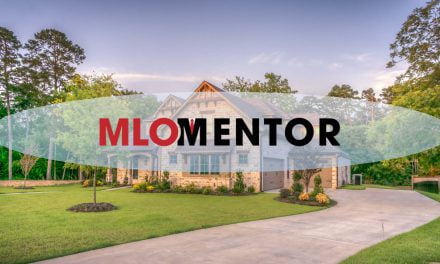The Central Valley of California is a perfect example of the housing crisis’ boom/bust cycle.
McMansions were built in areas, especially along the Highway 99 corridor (e.g., Manteca, Modesto, and Merced) where the age and income demographics simply did not support them. The suburban citizenry is graying, nuclear families are dissolving, and the Generation Y’ers are moving away in droves to be closer to employment centers.
You would think builders would pick up on this and plan on building smaller, more affordable housing closer to where the jobs are in the ten years to come. Not so. They’re unnecessarily eating up land by planning more of the same large, isolated, single-family, detached homes that got them into this mess in the first place.
first tuesday take: This article is a keen example of how builders manage to inform and push the media to get their story told. They also really know how to manage legislators. It’s a pity for struggling MLS agents that the local MLS stories that could and should be told aren’t being written up and disseminated. We suspect they would be if MLS-type brokers weren’t paranoid that the press would attack them. However, the press only tells the stories they have the facts for, and for some reason local MLS stats are not readily available to the story writers. Thus, the bulk of data on local events comes from the county recorder’s records as reported by the likes of DataQuick—and builders.
The Interstate 215 corridor that runs through Riverside and San Bernardino Counties is the Central Valley’s Highway 99’s twin.
As foreclosures rise and employed Californians decline in numbers, builders in these areas need to wise up for their own long-term stability. Either don’t build until the inventory stabilizes (preferable) or plan for smaller, smarter, more densely configured residences, or the IE will, like the Central Valley, see more busts and booms.
Re: “Home Front: Ten years after the bust, how will Central Valley look?” from The Sacramento Bee












